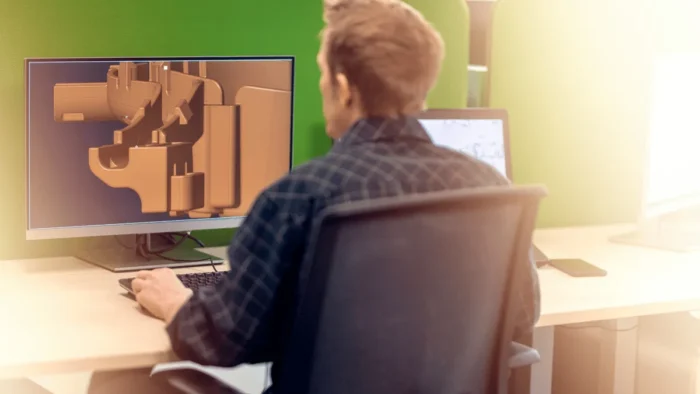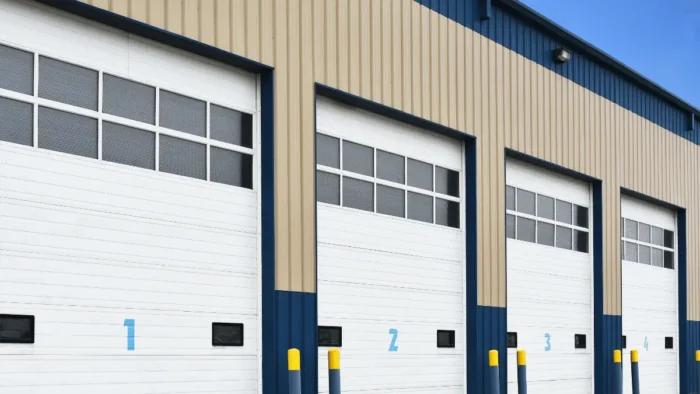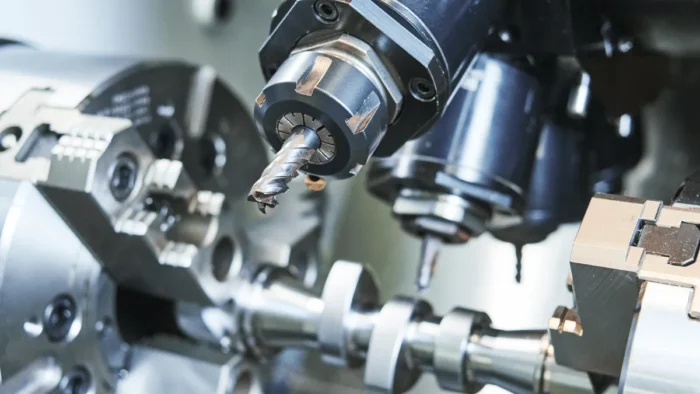The power of 3D industrial rendering in business success cannot be underestimated. In today’s highly competitive market, companies are constantly seeking innovative ways to stand out from the crowd and captivate their audience. 3D industrial rendering has emerged as a game-changer, revolutionizing the way businesses showcase their products, designs, and concepts.
One of the key advantages is its ability to create highly realistic and immersive visualizations. Unlike traditional 2D images or drawings, 3D rendering provides a lifelike representation of the product or design, allowing customers to visualize it in a more tangible and engaging way. This level of realism helps to build trust and confidence in the product, increasing the likelihood of successful sales and customer satisfaction. Industrial rendering offers unparalleled flexibility and versatility.
With this technology, businesses can easily modify and experiment with different design options, materials, and configurations. This enables them to refine their ideas, make informed decisions, and adapt quickly to changing market demands. By having the ability to visualize and iterate designs in a virtual environment, companies can save valuable time and resources that would have otherwise been spent on physical prototypes and revisions.
Industrial rendering facilitates effective communication and collaboration within the business and with clients. By presenting visualizations that accurately depict the final product or design, misunderstandings and misinterpretations can be minimized. This leads to better alignment of expectations and smoother project execution. The ability to share 3D renderings with clients and stakeholders fosters stronger engagement and enables more constructive feedback, leading to improved outcomes.

A Game-Changer for Visualizations
This innovative technology has revolutionized the way industries showcase their products, designs, and concepts, pushing the boundaries of traditional visualization methods. At its core, rendering involves the creation of highly realistic and immersive digital representations of objects, spaces, or environments. By utilizing advanced computer algorithms and sophisticated rendering techniques, 3D rendering brings virtual models to life with stunning detail, textures, and lighting effects. This level of realism provides viewers with an almost tangible experience, allowing them to explore and interact with the virtual representation as if it were real.
One of the significant advantages is its ability to bridge the gap between imagination and reality. It enables designers, architects, engineers, and marketers to visualize their ideas in a way that was previously unimaginable. By bringing concepts to life before they are physically realized, stakeholders can make informed decisions, identify potential issues, and refine their designs more effectively. These render offers immense flexibility and customization. It allows for easy modifications, variations, and experimentation with different materials, colors, textures, and lighting scenarios. This versatility enables professionals to explore multiple design iterations and find the optimal solution that aligns with their vision and objectives.
How Renders Enhances Business Performance
The implementation of industrial rendering has proven to be a game-changer in enhancing business performance across various industries. This cutting-edge technology offers a multitude of benefits that drive efficiency, productivity, and overall success.
This technology enables businesses to streamline their product development processes. By creating highly accurate and detailed virtual models, companies can visualize and test their designs before committing to physical production. This not only reduces time and costs associated with prototyping but also allows for iterative improvements based on realistic simulations.
3D rendering enhances marketing and sales strategies. The ability to showcase products and concepts in photorealistic quality captivates customers, increasing their engagement and interest. Immersive visualizations enable businesses to communicate the unique features and benefits of their offerings effectively. With interactive virtual tours and animations, potential customers can experience products or spaces firsthand, fostering a stronger emotional connection and driving purchase decisions.
Furthermore, supports effective communication and collaboration within cross-functional teams. By visualizing complex data and concepts in a clear and accessible manner, stakeholders can align their understanding and make informed decisions. This streamlined communication process leads to increased efficiency, reduced misunderstandings, and ultimately, improved business outcomes.
Conclusion
In conclusion, 3D industrial rendering is a powerful tool that has the potential to boost business success in today’s competitive market. Its ability to create realistic and immersive visualizations provides businesses with a unique advantage in showcasing their products, designs, and concepts. By offering flexibility, versatility, and the ability to iterate designs in a virtual environment, businesses can save time, resources, and make informed decisions that align with market demands. Furthermore, industrial rendering facilitates effective communication, minimizes misunderstandings, and fosters stronger engagement with clients and stakeholders.
The technology’s ability to bridge the gap between imagination and reality allows professionals to visualize and refine their ideas with remarkable detail and customization. Ultimately, 3D industrial rendering enhances business performance by streamlining processes, improving marketing strategies, and fostering collaboration, driving overall success and growth.





